The four Ps include product, price, place, and promotion.
In this article, I outline their role in marketing, including their history and evolution, examples, and how to use the four Ps to create effective marketing.
Table of Contents
- What are the 4 Ps of marketing?
- The History of the 4 Ps of Marketing
- The 4 Ps of Marketing vs. the 4 Cs of Marketing
- How to Use the 4 Ps of Marketing Mix in Your Strategy
- The 4 Ps of Marketing (Example)
- The 4 Ps of Marketing Examples: Apple and e.l.f. Cosmetics
What are the 4 Ps of marketing?
The four Ps of marketing are product, price, place, and promotion. These are the key factors involved in marketing a product or service. You take the four Ps into account when creating strategies for marketing, promoting, advertising, and positioning your product or brand.
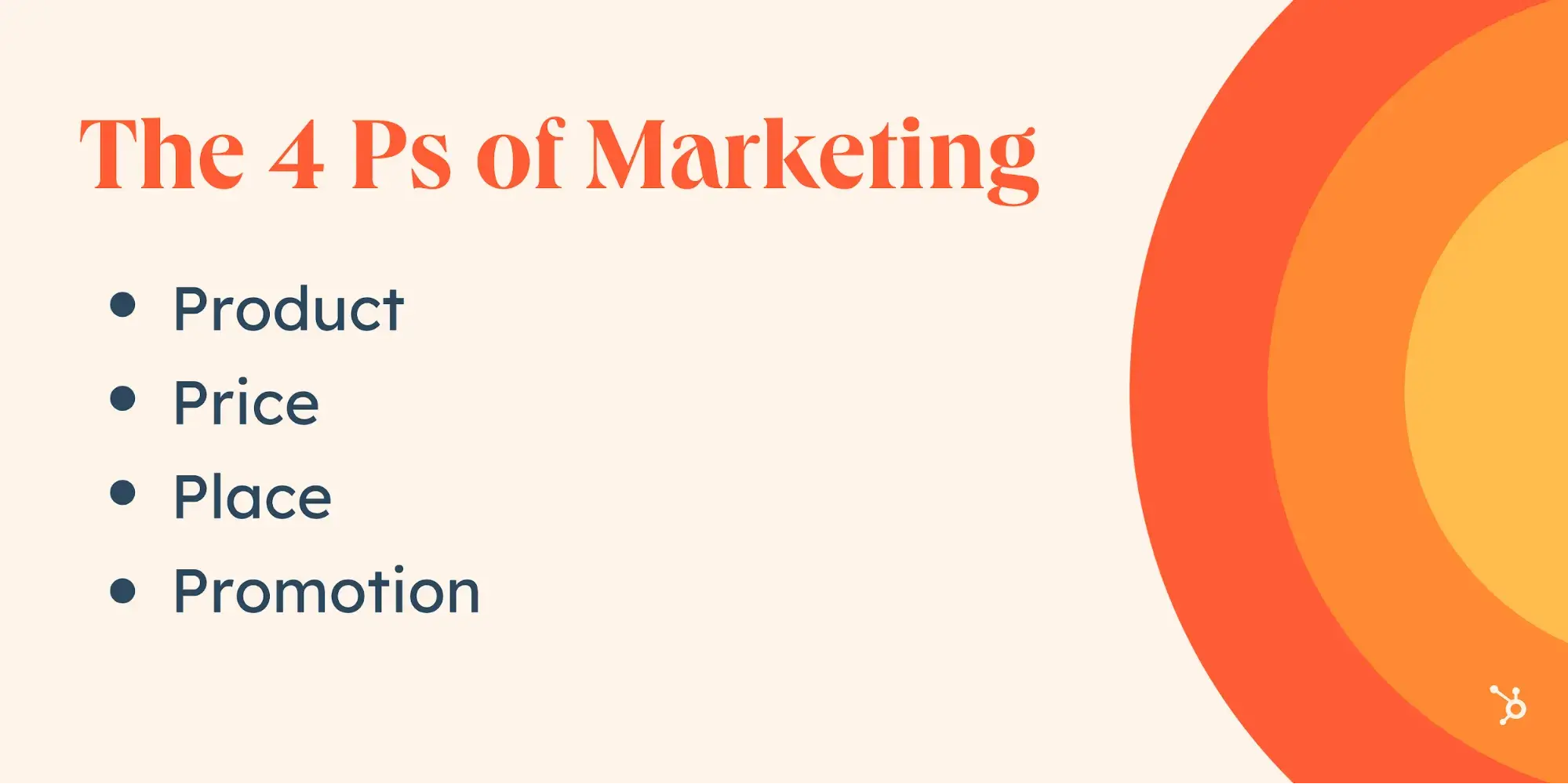
The four Ps help marketers consider everything about a product or service when deciding how to market it for their business. Framing your marketing around the four Ps will help you learn what the competition is doing and what customers want from you.
The History of the 4 Ps of Marketing
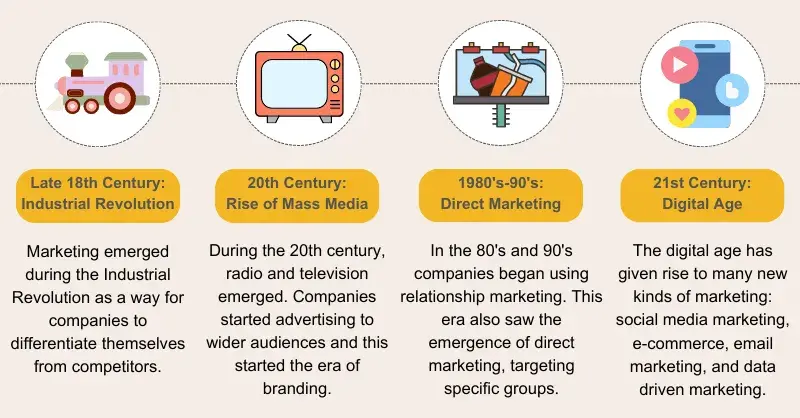
It might feel new and trendy, but marketing has been around for a long time. When looking into the history of the 4 Ps, I found some articles dating marketing back to over 1,000 years ago, as part of the bartering system, where people bartered and traded items.
The four Ps of Marketing is a relatively new concept. E. Jerome McCarthy introduced it in his book Basic Marketing: A Managerial Approach. McCarthy’s introduction of the 4 Ps in the 1960s was timely. Marketing was changing, and McCarthy used the 4 Ps of marketing and considered the impact of e-commerce on marketing strategies, highlighting lessons from successes and failures. He explored new perspectives from customer relationship management (CRM), focusing on customer equity, acquisition, and retention costs.
The world was changing, and marketing needed to adapt.
I think it’s fair to say that since the 60s, particularly from the 90s onwards, the digital world has not stopped changing, and marketing has not stopped adapting.
To keep up, some have adapted the four Ps and turned them into the seven Ps.
4 Ps of Marketing Plus 3: The 7 Ps of Marketing
The seven Ps of marketing are a continuation of the four Ps. Included in the seven Ps are:
- Product.
- Price.
- Place.
- Promotion.
As well as:
- People.
- Process.
- Physical evidence.
Continuing the four Ps includes other elements that improve the marketing foundations.
- People are those who take the product to market. This includes sales teams and customer service representatives. In modern marketing, it could also include influencers and brand advocates (customers who sell your product for you).
- Process is the “P” that asks you to look at your operations. How quickly can you ship products, do you have enough stock, etc?
- Physical evidence is especially important in a digital world. People buy from brands online, sometimes stumbling across their marketing before they know the brand exists. With this customer journey, brands need to provide physical evidence that they can be trusted. Think reviews, about pages, company addresses, and more.

The 4 Ps of Marketing vs. the 4 Cs of Marketing
Understanding the four Ps of marketing helps to understand the other parts of the marketing mix, namely the four Cs of marketing.
The 4 Cs of marketing include:
- Customer
- Cost
- Convenience
- Communication
I think of the four Cs as an inversion of the four Ps. Instead of being product-focused, they are customer-focused.
- The customer is the person you’re selling to, and everything involved with the buying journey through their lens: the customer journey, why they need the product or service, and the emotions they feel en route to buy.
- Cost (to the customer) is a more emotive way of viewing marketing. Cost considers the overall value perception and effort from the customer’s perspective, not just monetary price. Ask yourself how customers are going to feel about the price. How can marketing encourage them to part with their hard-earned cash?
- Convenience refers to how easy it is for the customer to buy and get the product. Is the website easy to use, the product in stock, and the shopping and delivery fast?
- Communication is a two-way interaction; this isn’t just about shouting your product or services to the masses; instead, aim to communicate with your audience, respond to feedback and understand what your customers are telling you.
The four Cs and the four Ps support each other. When thinking about marketing strategy, it helps to consider both. Thinking about:
- Customer and product.
- Price and cost.
- Place and convenience.
- Promotion and communication.
Helps to think about marketing from all perspectives. For me, this only elevates my marketing.
How to Use the 4 Ps of Marketing Mix in Your Strategy
You can use the four Ps to answer questions about the product, price, place, and promotion of your product or service.
For example, you can ask yourself:
- Product — How does your product meet your customer's needs? What problem(s) does it solve? What unique value or features does it offer?
- Price — What is the value of your product? What are my competitors charging?
- Place — Where are customers looking for your product?
- Promotion — How can you differentiate your product from competitors? Where can you reach your audience?
Always consider the needs and preferences of your target audience. Ultimately, your product, its price, its place of distribution, and its promotional strategies should appeal to your customers the most.
Thinking about your marketing in terms of the four Ps will help you strategize how to reach your customers. The 4 Ps of Marketing is also known as your marketing mix — more on that below.
To develop a marketing mix, you‘ll need to think about how you can uniquely position your brand amongst the competition. The most important part of thinking about the marketing mix — or the four Ps of marketing — is to understand the customer, the competition, and your company. You’ll evaluate your product and how to promote it.
But getting started isn’t easy. That’s why we’ve created the ultimate collection of marketing mix templates you can use to visualize your marketing mix and share it with your employees or investors. Use the templates to organize your initiatives and activities in the right section.
Featured Resource: Marketing Mix Templates
Click here to download the templates for free.
Use the template to follow along with the 4 Ps of marketing below.
The 4 Ps of Marketing (Example)
1. The First P of Marketing: Product
When you think about your product, consider exactly what you‘re selling. Is it a specific product? Or is it a service? Your product can be a physical product, an online app, or a service such as house cleaning. Really, anything that you’re selling is the product.
Then, think of your brand messaging, the services you offer, and even packaging. When you define your product, think about what problem your product solves for your customers. Consider how your product is different from competing products. What features are unique to your product?
It's important to know your product intimately so you can market it.
Product Example
I’ll use HubSpot’s Marketing Hub as an example.
What is it? “Marketing automation software to help you attract the right audience, convert more visitors into customers, and run complete inbound marketing campaigns at scale — all on one powerful, easy-to-use platform.”
Who is it for? Modern marketers who juggle too much data and who are stuck with impossible-to-use software solutions that make their job harder, not easier.
Which features does it have? Marketing Hub offers blogging, SEO, social media management, email marketing, and ad tracking tools in a single, intuitive platform.
What problem does it solve? Marketing Hub simplifies the marketing automation process for busy marketers by bringing all data and tools under one roof.
Pro tip: Once you’ve established your product and its messaging, you can monitor marketing success in HubSpot’s Marketing Hub. You can see your customers’ complete journey and how each interaction helped take your audiences from prospect to buyer. You can analyze messaging and engagement rates to identify whether your expectations match your customer's needs.
For example, if you’ve correctly outlined the features most important to your users, then these will be the features most engaged. Through your analysis, you might find that other features garner more interest from specific audiences. Once you’ve got data, you can pivot strategy or double down on what’s working.
2. The Second P of Marketing: Price
When it comes to price, you have to consider how much you're going to charge customers for your products or services. Of course, you need to make a profit.
When coming up with your pricing strategy, you also need to think about what competitors are charging for the same product or service and how much customers are willing to pay. You can also think about what discounts or offers you can use in your marketing.
When you decide on a price, you want to think about perception. Do you want to be known as a cost-effective option in your industry? Or perhaps you're a luxury brand, and the price is slightly higher than the competition on the market. Keep in mind that pricing SaaS products is a little different than pricing physical products.
Either way, the language you use to market your product will be greatly impacted by the price of your product.
P.S. You can download a sales pricing calculator here for free.
Price Example
Marketing Hub is priced to grow with you as you grow.
HubSpot offers the following subscription tiers:
- Free: $0/month
- Starter: $20/month per seat
- Professional: $890/month (3 seats included)
- Enterprise: $3,600/month (5 seats included)
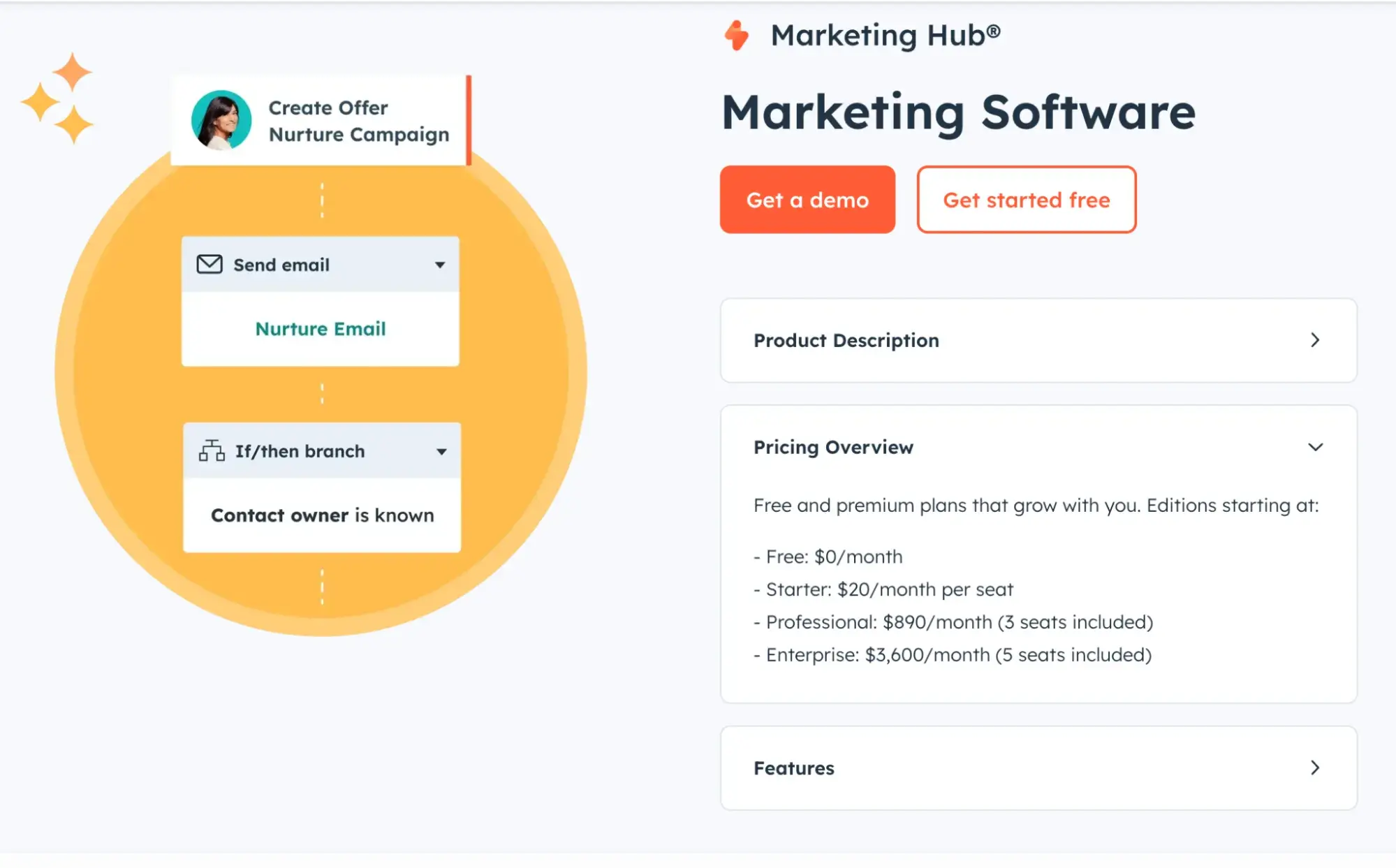
Pro tip: Your product’s price needs to be desirable to customers and effective for business. With HubSpot’s Marketing Hub, you can measure campaign success and identify the KPIs that best support your business and represent the goals you want to achieve. For example, you can measure the success of a campaign, the count of leads and purchases, and conversion rate measurements.
3. The Third P of Marketing: Place
When it comes to place, this might mean the physical location of your company, but it could also be defined as anywhere you sell your product, which might be online.
The place is where you market and distribute your product.
Remember that not every place makes sense for every product. For example, if your target market is seniors, then it won‘t make sense to market on TikTok. It’s important to choose the right places to market your product and meet your customers where they're at.
Think about possible distribution channels and outlets you could use to sell your product. Be sure to take into account whether your business is B2B or B2C.
At this point, you'll need to think about how to market your product on all the various channels that make sense for your company.
Place Example
As a provider of SaaS products, HubSpot offers Marketing Hub directly on its website.
Marketers can sign up for Marketing Hub by creating an account directly on the platform. HubSpot also created a convenient sign-up page for free subscriptions, or customers can request a demo from their friendly sales team.
4. The Fourth P of Marketing: Promotion
Promotion is the bread and butter of marketing. This is when you'll think about how to publicize and advertise your product.
Additionally, you'll discuss brand messaging, brand awareness, and lead generation strategies.
When it comes to promotion, keeping communication in mind is of the utmost importance. What messages will resonate with your target market? How can you best promote your product to them?
Think about where, when, and how you'll promote your brand.
Promotion Example
When promoting Marketing Hub, Hubspot needs to be wherever its target audience (marketers) is. Most importantly, we want to help them grow in their careers — as well as grow their businesses.
HubSpot does a lot of inbound marketing, and its promotion focuses primarily on organic acquisition. Marketers will find Marketing Hub over the following channels:

Pro tip: HubSpot’s Marketing Hub helps you analyze the performance of every marketing asset or tactic. You can measure how different placements have worked. For example, if you notice that a particular asset is generating leads, then you can share this asset across all of marketing. Or, you might find your Instagram efforts are superior to TikTok. With findings such as this, you can make data-driven decisions on what steps to take next for effective marketing.
The 4 Ps of Marketing Examples: Apple and e.l.f. Cosmetics
Let's break down the 4 Ps of marketing by looking at examples from Apple and e.l.f. Cosmetics.
Apple
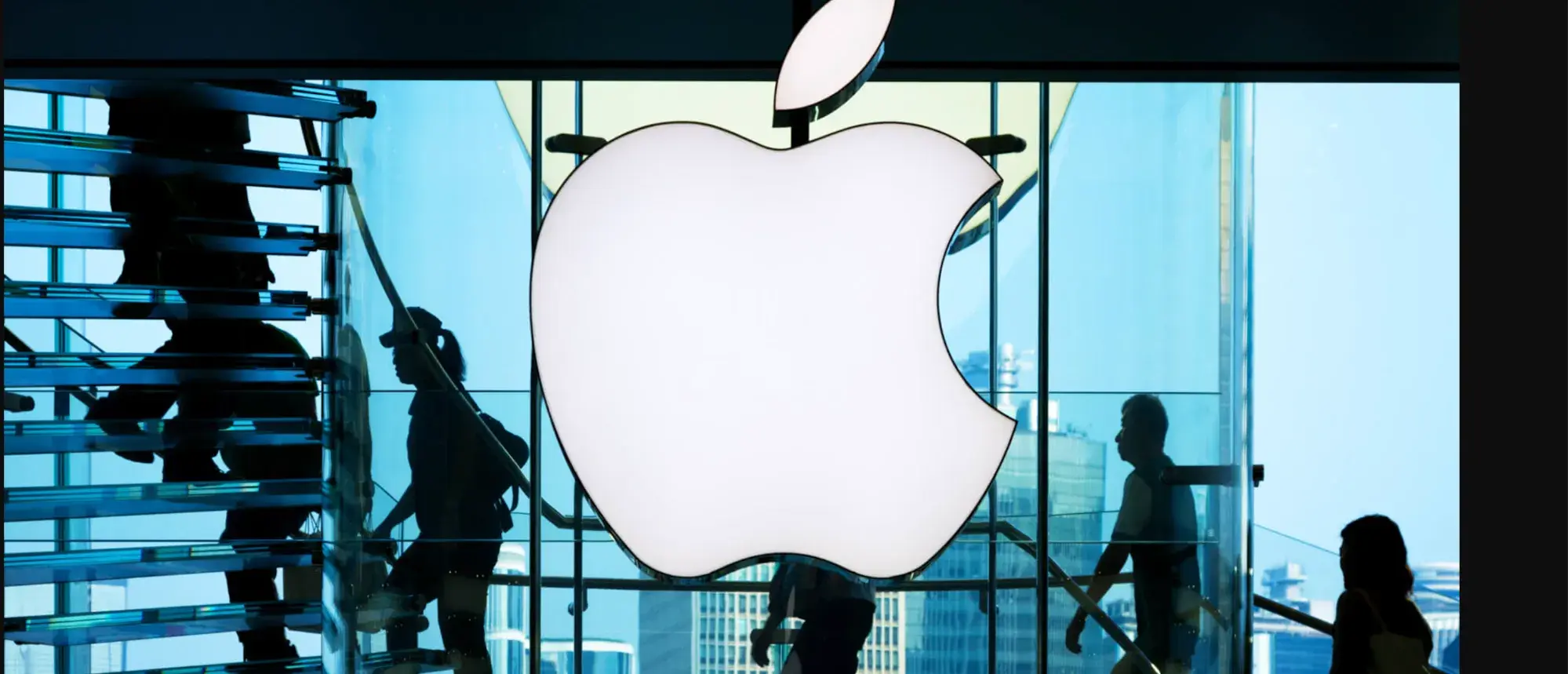
- Product: iPhones, Macs, iPads, Apple Watch, AirPods, Software, and Services (i.e., Apple Music, Apple TV, iTunes, etc.).
- Price: Apple products are often priced at the higher end of the market. The brand commands premium pricing due to its reputation for innovation, quality, and design.
- Place: Consumers can purchase products online and in retail stores. Apple products are sold worldwide and have a significant global market presence.
- Promotion: Apple places a strong emphasis on cultivating a dedicated and loyal consumer base. Their marketing campaigns reinforce the idea of being part of an “Apple ecosystem.” Once users buy one product — like an iPhone – they're more likely to choose other Apple products like MacBooks, iPads, Apple Watches, and more. This ecosystem fosters deep brand loyalty. This sense of loyalty is evident in their product launches, which are a must-see event in the tech industry.
e.l.f. Cosmetics
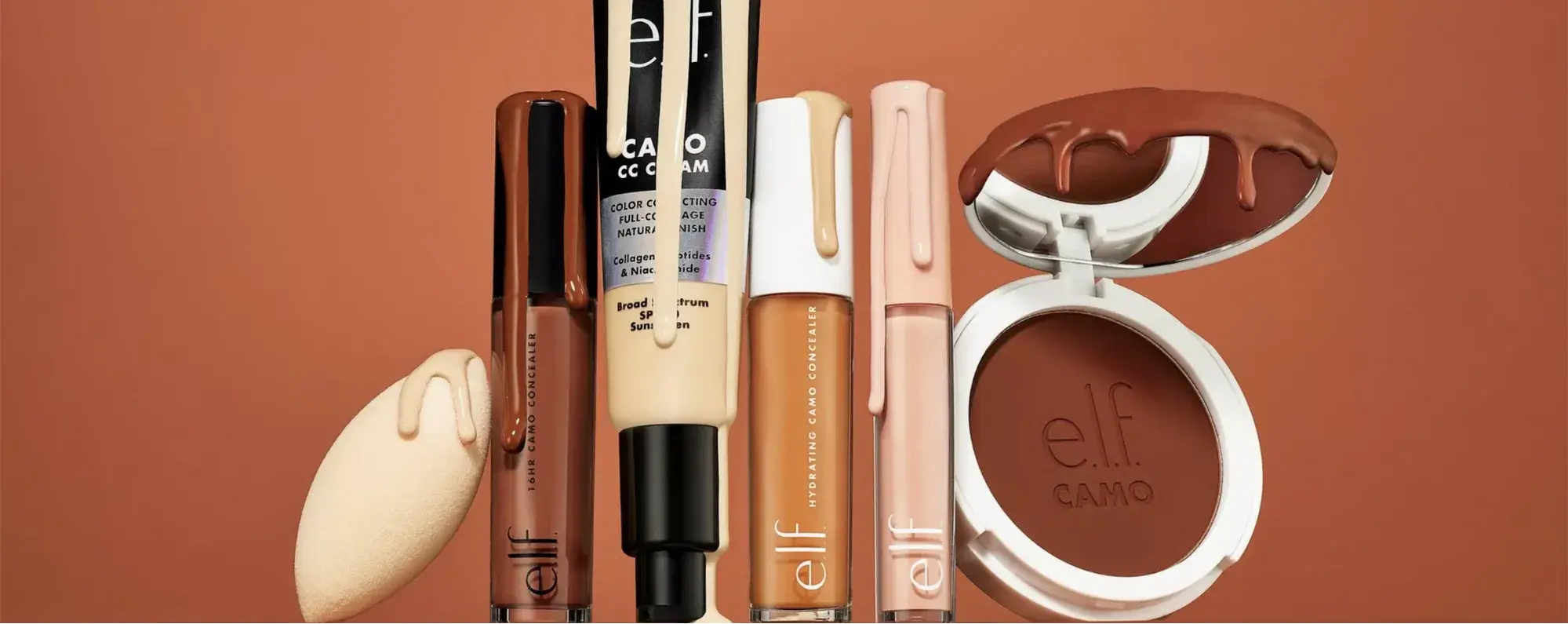
- Product: e.l.f. offers a comprehensive range of makeup and skincare products, brushes, and beauty tools.
- Price: One of e.l.f.'s main value propositions is its affordability. Many of their products have a low price point, making the brand accessible to a wide range of consumers. Its lower price point sets it apart from other brands in the beauty space.
- Place: e.l.f. products are widely available in drugstores and big-box retailers like Target and Walmart. It also has a strong online presence, selling products directly through its website and other online retailers.
- Promotion: As a challenger brand in the beauty space, e.l.f. seeks to establish itself as a recognizable and reliable option at the drugstore and beyond. The brand is proactive across social media, including TikTok, Instagram, and YouTube, to engage with younger demographics. In addition, their campaigns often involve user-generated content to foster a sense of community with their audience.
Back to You
Even though marketing has changed a lot since the four Ps were developed, the foundational elements of the industry haven't. You can apply the concepts of the marketing mix to create winning marketing strategies that help you profitably launch and promote your company’s products.
If you’re anything like me, you’ll likely find that the four Ps of marketing are part of your strategy, even before you knew what they are. It’s intuitive and foundational to weave elements of the four Ps into marketing.
However, an awareness of the four Ps and the marketing mix can only help your strategy. Keep them in mind every time you plan marketing.
Editor's note: This post was originally published in October 2020 and has been updated for comprehensiveness.
Marketing Strategy
.png?width=112&height=112&name=Image%20Hackathon%20%E2%80%93%20Horizontal%20(11).png)

.png)
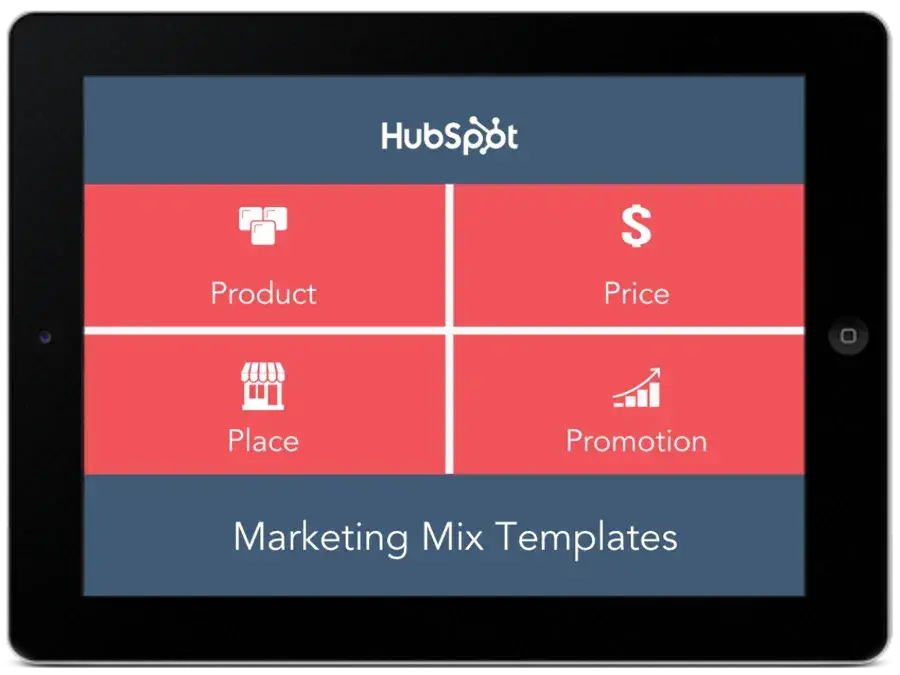




![The state of inclusive marketing in 2025 [new data + expert insight]](https://53.fs1.hubspotusercontent-na1.net/hubfs/53/inclusive-marketing-report.webp)
![How marketers are navigating a possible recession (and advice about what you should do during it) [new data]](https://53.fs1.hubspotusercontent-na1.net/hubfs/53/image12-May-27-2025-02-18-19-8390-AM.png)



![Cultural Marketing: What It Is & How to Do It The Right Way [According to Experts]](https://53.fs1.hubspotusercontent-na1.net/hubfs/53/Untitled%20design%20-%202025-04-03T163531.949.jpg)